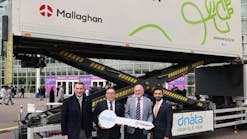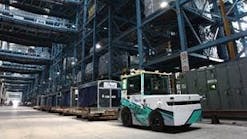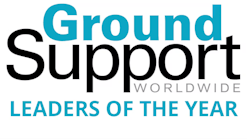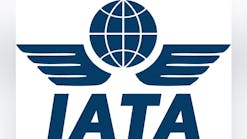Lufthansa Group Introduces Environmental Cost Surcharge
The Lufthansa Group is introducing an Environmental Cost Surcharge. The surcharge is intended to cover part of the steadily rising additional costs due to regulatory environmental requirements. These include the statutory blending quota of initially two percent for Sustainable Aviation Fuel (SAF) for departures from European Union (EU) countries from January 1, 2025, adjustments to the EU Emissions Trading System (EU ETS) as well as other regulatory environmental costs such as the Carbon Offsetting and Reduction Scheme for International Aviation (CORSIA).
The Environmental Cost Surcharge applies to all flights sold and operated by the Lufthansa Group departing from the 27 EU countries as well as the UK, Norway and Switzerland. The amount of the surcharge varies depending on the flight route and fare and is between 1 euro and 72 euros. The Environmental Cost Surcharge will be levied on all tickets issued from June 26, 2024 and applies to departures from January 1, 2025. The exact amount of the Environmental Cost Surcharge is shown on the Lufthansa Group Airlines booking pages in the price details.
The Lufthansa Group invests billions in new technologies every year and works together with partners on innovations that help to make flying more sustainable step by step and drive the scaling of key technologies beyond the Lufthansa Group. In addition, the Lufthansa Group has actively supported global climate and weather research for many years. However, the airline group will not be able to bear the successively increasing additional costs resulting from regulatory requirements in the coming years on its own. Part of these expected costs for the year 2025 are now to be covered by the new Environmental Cost Surcharge.
The Lufthansa Group has set itself ambitious climate protection targets and is aiming for a neutral CO₂ balance by 2050. By 2030, the aviation group aims to halve its net CO₂ emissions compared to 2019 through reduction and compensation measures. For effective climate protection, the Lufthansa Group is focusing in particular on accelerated fleet modernization, the continuous optimization of flight operations, the use of SAF and offers for private travelers and corporate customers to make air travel or the transport of freight more sustainable.
SAF quotas of the EU
As part of its "Fit for 55" climate protection program, the EU has decided on mandatory SAF blending quotas that will increase over the years up to 2050. The SAF quota is to be 2 percent from 2025, 6 percent from 2030, 20 percent from 2035 and 70 percent from 2050. For the Lufthansa Group, this will lead to additional costs in the billions in the future.
EU-ETS
In the EU Emissions Trading System (EU ETS) for aviation, CO₂ emissions have been controlled and limited by means of certificate trading since 2012. The Lufthansa Group is subject to this system for all flights within the European Economic Area (EEA). Additional obligations to surrender emission certificates exist under the emissions trading systems of Switzerland (CH-ETS) and the United Kingdom (UK-ETS) for flights between the EEA, Switzerland and the UK.
CORSIA
Under the agreement on climate protection reached by the International Civil Aviation Organization (ICAO) in October 2016 - the Carbon Offsetting and Reduction Scheme for International Aviation (CORSIA) - growth-related CO₂ emissions in international aviation have been offset by the purchase of certificates since 2021. All emissions from the aviation industry that exceed the CO₂ emissions of the baseline defined by the ICAO are offset. For the years 2024 to 2035, this amounts to 85 percent of the emissions from 2019.




